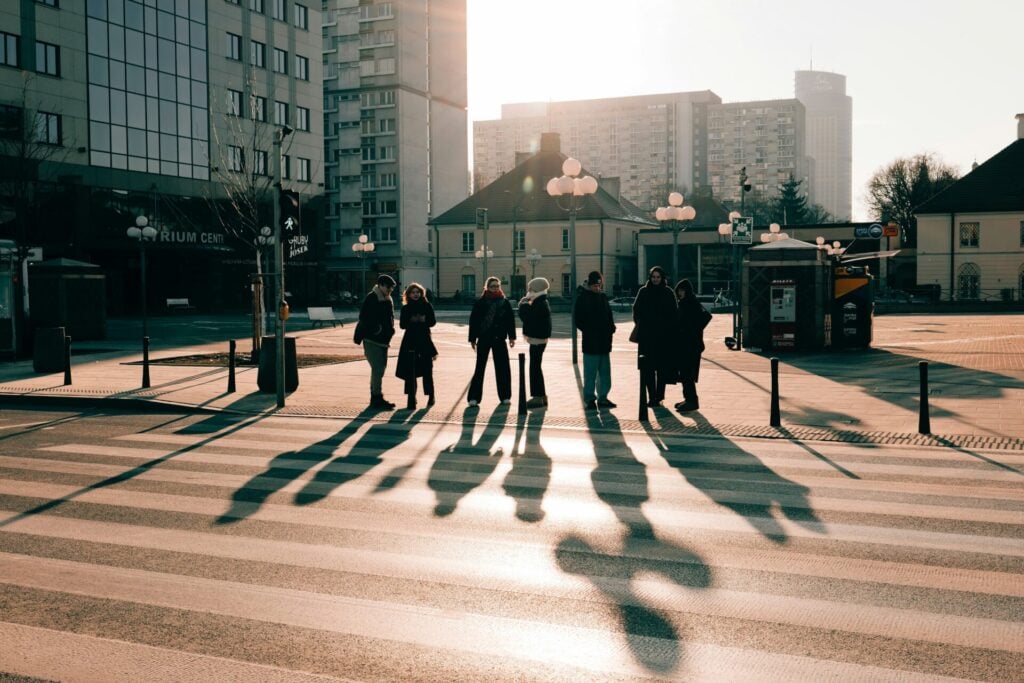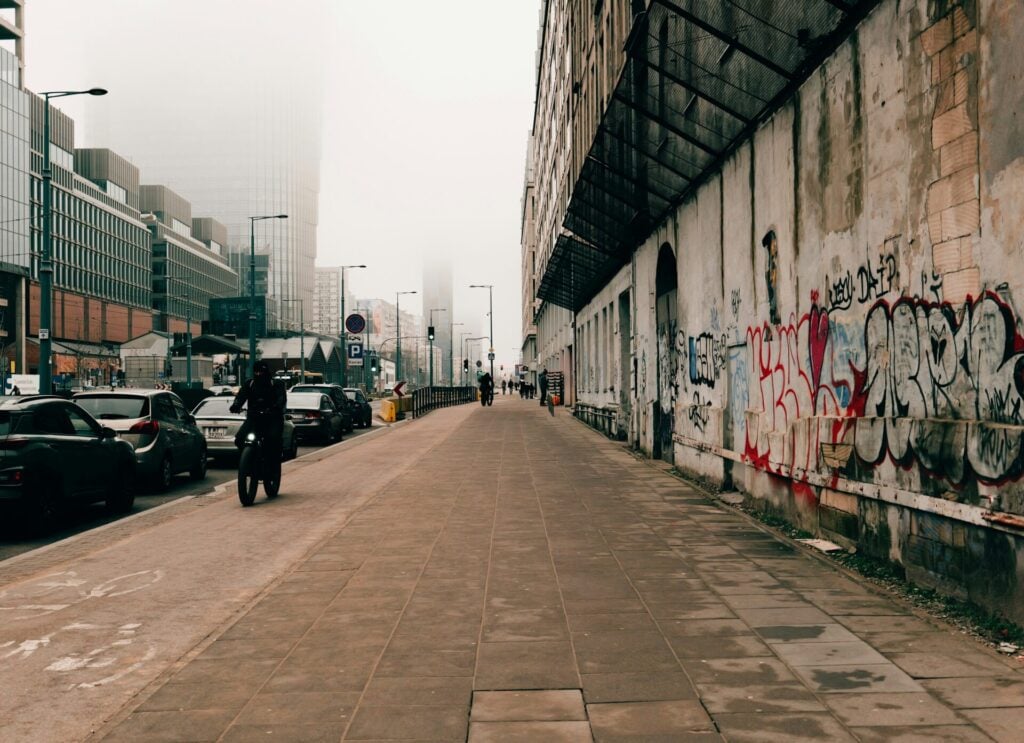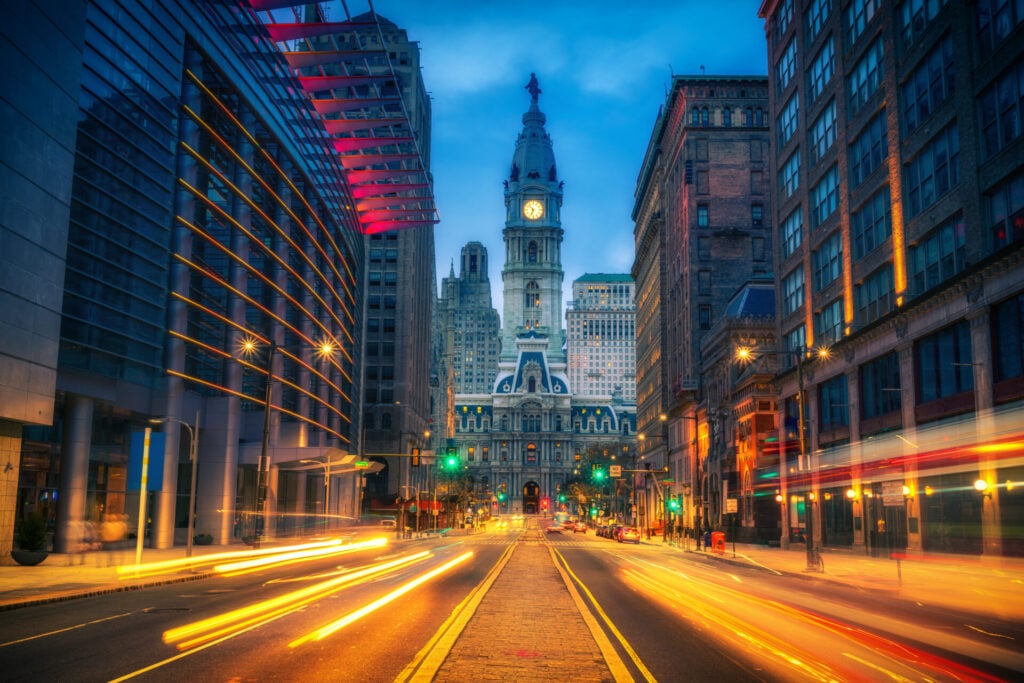City streets are more than stretches of pavement; they are visible touchstones of a community’s struggles and strengths. They tell stories of cultural identity and shared values as children walk to school, workers commute, and neighbours gather.
Additionally, they are places where sudden events can disrupt lives and expose a city’s ability to respond. Streets are also a measure of fairness. Their condition, safety, and accessibility often show whether all neighborhoods are equally supported.
When you look closely, streets reveal much more than traffic flow. They reflect social struggles, resilience, and the systems in place to keep people safe and supported.

When sudden climate events strike a city, such as a major storm, the impact extends far beyond the immediate scene. Families deal with trauma, grief, and often financial hardship. Communities experience stress and disruption that linger long after the headlines fade.
Experts note that resilience is not just about recovering after disasters. It is also about preparing for chronic risks. A 2024 report in The Conversation notes that many rural and small communities remain highly vulnerable as they lack resources to manage climate or social disruptions. Their focus on urgent issues drains limited support networks and prevents long-term planning.
In Newfoundland and Labrador, leaders have been rebuilding since the 1992 collapse of the cod fishery, a crisis that reshaped the economy and culture. To find solutions, gatherings such as the “PLACE Dialogues” bring local leaders together. In 2023, the event focused on social entrepreneurship, showcasing how collaboration, shared stories, and cultural activities can build trust.
These gatherings highlight that resilience grows strongest when communities connect across differences and build networks that support collective problem-solving.
True resilience goes beyond emergency response. It is about ensuring that communities have support structures in place before and after shocks occur. One way this resilience, or lack of it, becomes visible is in the streets themselves.
What Infrastructure Reveals About Equity and Safety
The design and condition of city streets can disclose which communities are prioritised. Some neighbourhoods have well-lit intersections, accessible sidewalks, and safe crosswalks. Others face cracked roads, limited pedestrian access, and slower emergency response times.

Historically, most streets in the U.S. were primarily designed to accommodate cars, which shaped how communities grew and functioned. However, this focus led to unintended issues for cities, including higher municipal costs and public health concerns.
Now, many communities are reimagining their streets by adopting a ‘Complete Streets’ model. This approach uses human-centered design to create safe and inviting routes for walkers and bikers. Philadelphia and other Pennsylvanian communities are a great example of this. They have committed to ‘Vision Zero,’ which aims to eliminate all traffic-related deaths.
The program uses raised crosswalks, bright pavement markings, and flashing beacons to slow vehicles. According to Main Street America, these efforts are making roads safer for everyone. They are also making urban areas more livable. These enhancements are funded by the Safe Streets and Roads for All program, supported through the Infrastructure Investment and Jobs Act.
Over 1,600 communities across the U.S. have received grants to identify dangerous roads and redesign them. By focusing on people, cities can improve health and boost economic vitality.

When tragedies happen on city streets, recovery stretches beyond the scene. Families often need emotional support, financial assistance, and guidance in managing the resulting chaos. Neighbourhoods lean on community groups, faith leaders, and local organisations to help those affected.
In Atlanta, a recent four-vehicle crash on Fulton Industrial Boulevard brought this reality into sharp focus. According to FOX 5 News, two lives were lost, and the road remained closed for hours. In the aftermath of such tragedies, questions of accountability and recovery become just as important as emergency response.
For families caught in such events, the struggle doesn’t end when the wreckage is cleared. They are forced to make hard decisions regarding rights, compensation, and long-term healing. In these moments, legal guidance can become a vital part of recovery. Having a trusted car accident lawyer in Atlanta helps victims or their families understand their legal options and protect their rights.

According to Atlanta Personal Injury Law Firm, victims are often unaware that the law sets strict time limits for filing claims. Missing these deadlines can affect compensation, which is why timely legal and community support is critical after a crash. Legal support becomes one piece of the wider safety net that strengthens community resilience.
This kind of support is critical, yet according to Route Fifty, community resilience is also about systems that help people adapt and thrive. In Tulsa, Oklahoma, the Resilient Tulsa strategy uses ‘equity dialogues’ to address racial disparities. These gatherings establish trust between residents and officials, helping communities feel safer and more supported should future crises occur.
Reimagining Safe Streets
Across the country, cities are reimagining what safe streets should look like. Changes like traffic-calming measures, visible crosswalks, and ample lighting are being introduced to reduce risks and enhance community trust. Research from The Brookings Institution shows that resilience can be built block by block.
A report involving 11 neighborhoods across six states and Washington, D.C., found that targeted, hyperlocal investments improved outcomes in historically disinvested areas. Between 2019 and 2024, the Community-Centered Economic Inclusion (CCEI) model brought new private and philanthropic capital into these neighborhoods.
It also supported small businesses owned by people of colour and legacy residents. One site in Sweet Auburn, Atlanta, used urban agriculture to link housing redevelopment with local food access. Across all sites, coalitions of city officials, nonprofits, and residents helped align efforts on public health, housing, jobs, and food.

These coordinated, block-level efforts delivered wins in economic opportunity and community wellbeing. For residents, involvement matters. Attending planning meetings, joining neighborhood safety efforts, and holding city leaders accountable contribute to safer streets. This kind of engagement helps turn tragic lessons into lasting change.
Commonly Asked Questions
1. What is a ‘road diet,’ and how does it make streets safer?
A “road diet” reduces traffic lanes to reallocate space for other uses. For example, converting a four-lane road to three lanes with a center turn lane and bike lanes can help reduce vehicle crashes. It makes streets safer by reducing speeding and creating safer paths for cyclists and pedestrians.
2. How do urban green spaces contribute to community resilience?
Urban green spaces are essential for civic health. Access to parks and gardens alleviates stress and encourages physical activity. By creating a calm environment and opportunities for social connection, these spaces help people mentally and physically adapt to daily pressures, strengthening the community’s overall well-being.
3. How can city design reduce the risk of pedestrian accidents?
Design changes, such as narrower lanes, raised crosswalks, and better lighting, encourage slower driving and increase visibility. Cities that adopt ‘Vision Zero’ strategies report fewer pedestrian injuries. These simple modifications remind drivers that streets are shared spaces, not just throughways for vehicles.
City streets are more than pathways for cars and pedestrians. They are spaces that reflect a community’s struggles and highlight its strengths. When tragedies occur, they show where systems are weak and where communities must come together. By improving street design, ensuring fair systems, and providing legal and emotional support, cities can create streets that represent resilience and risk.









